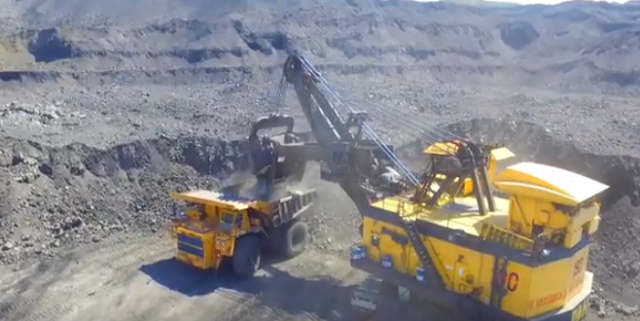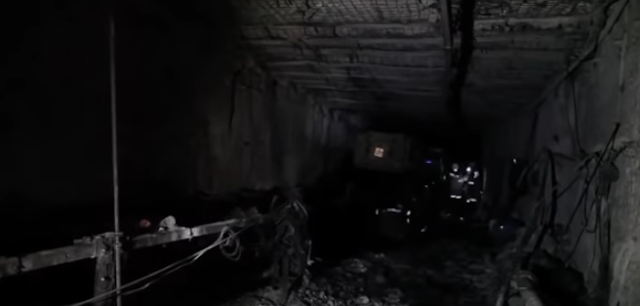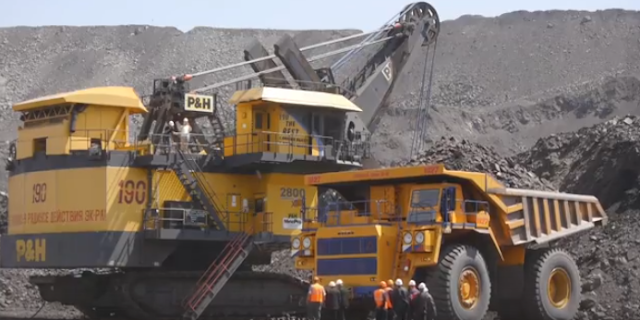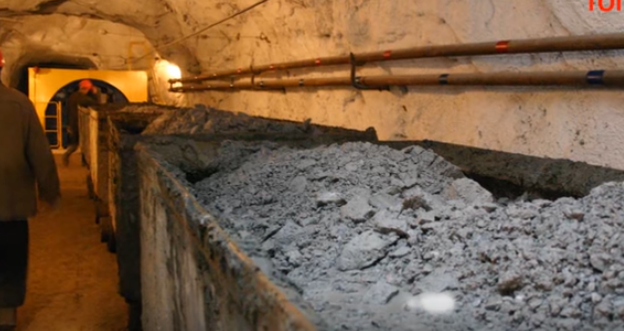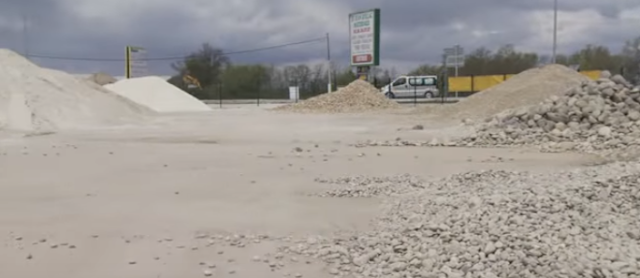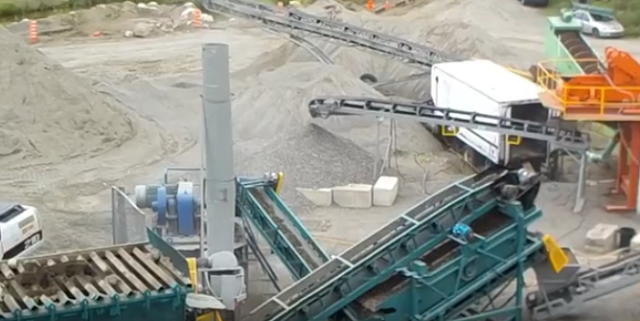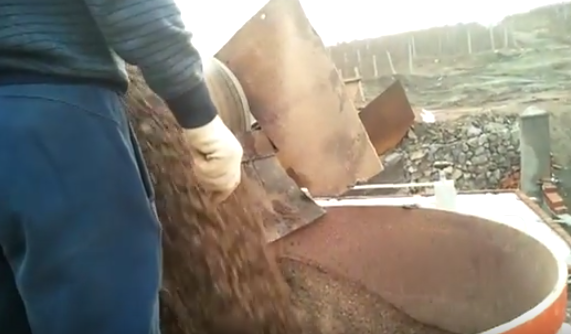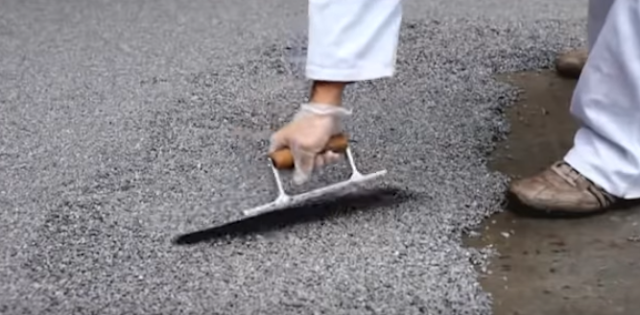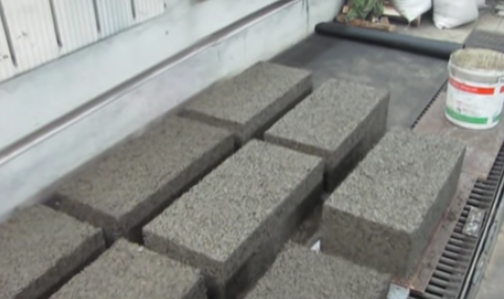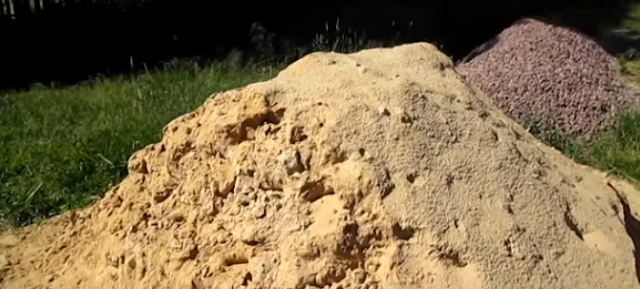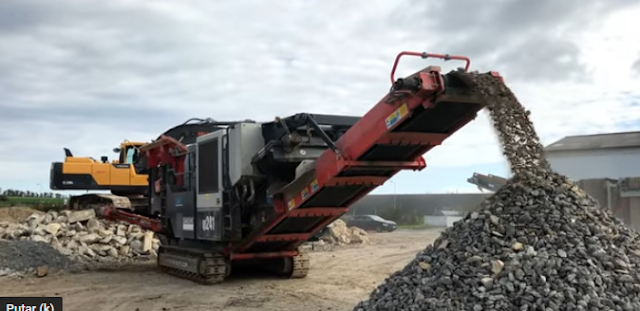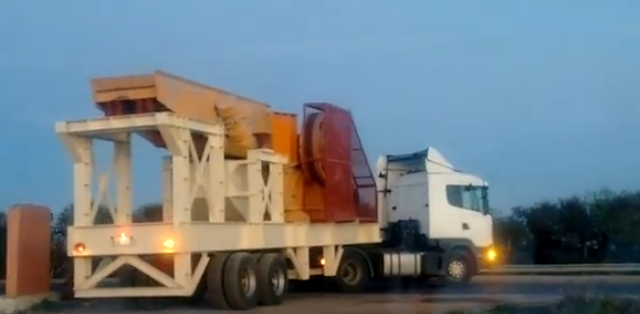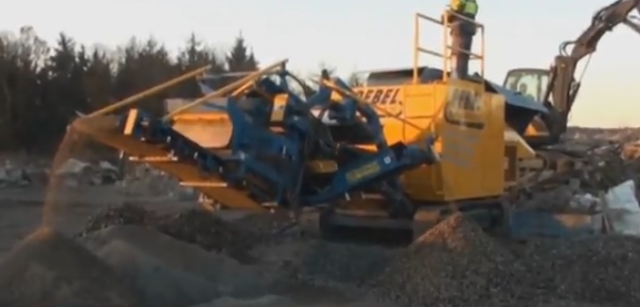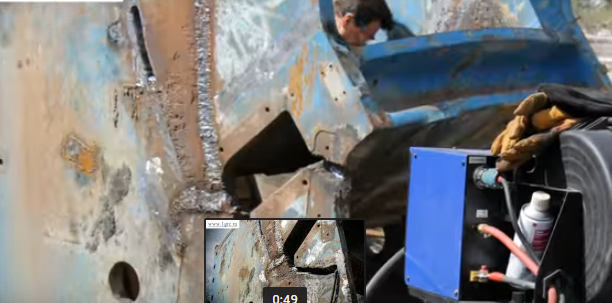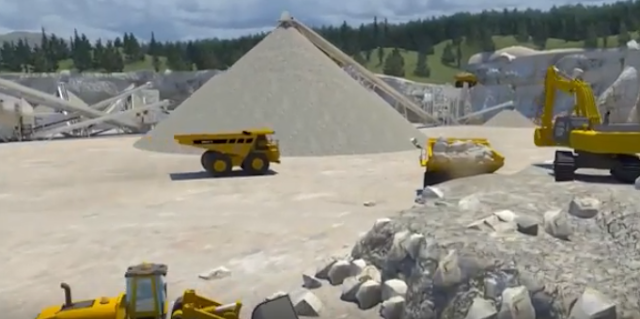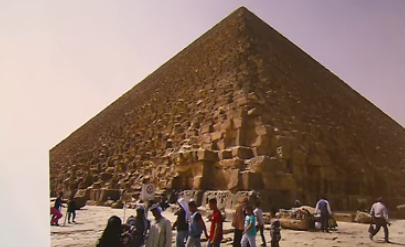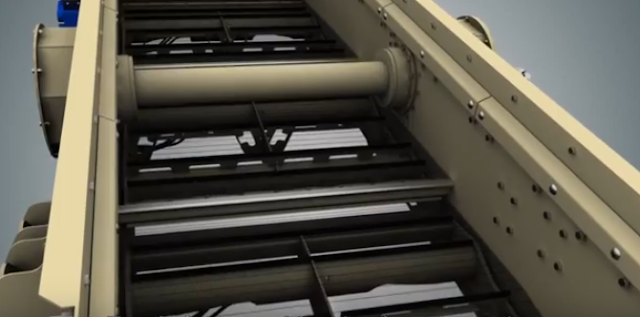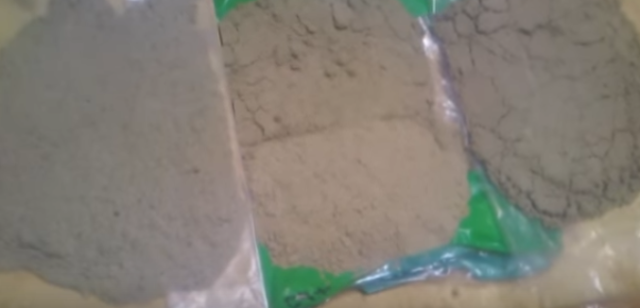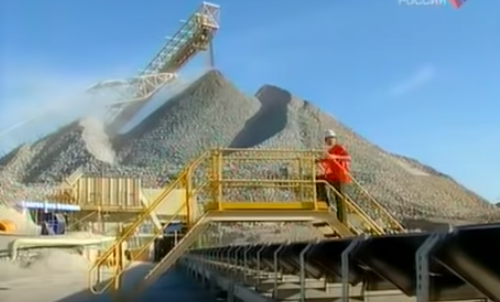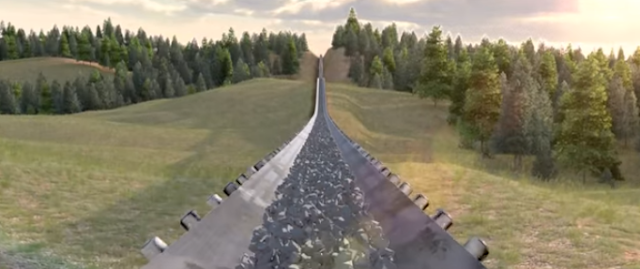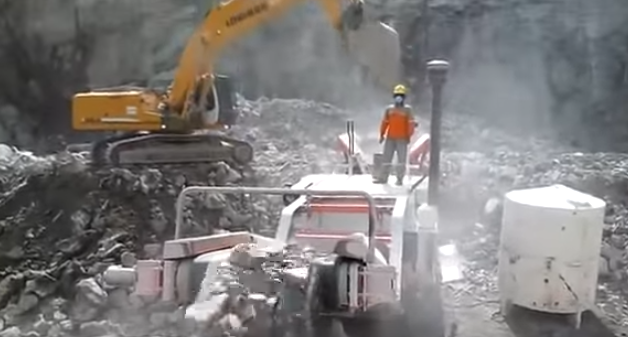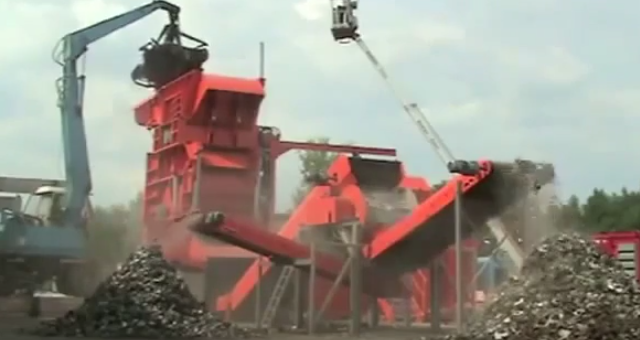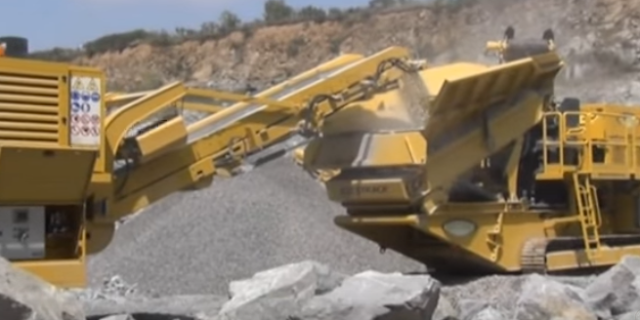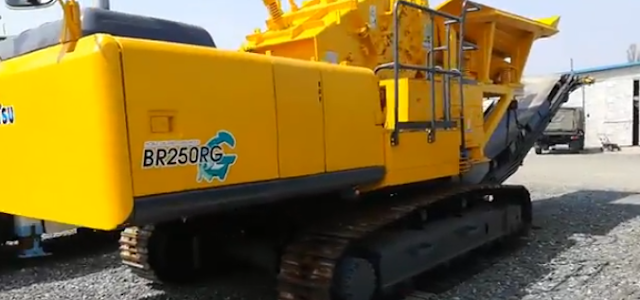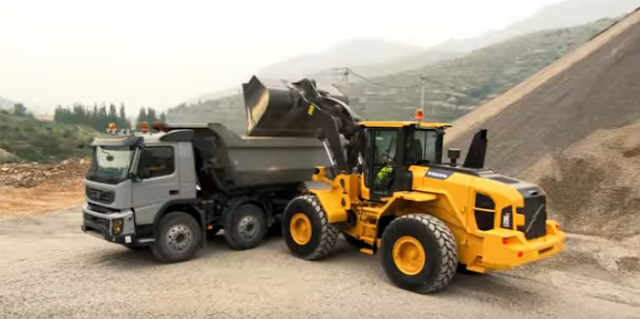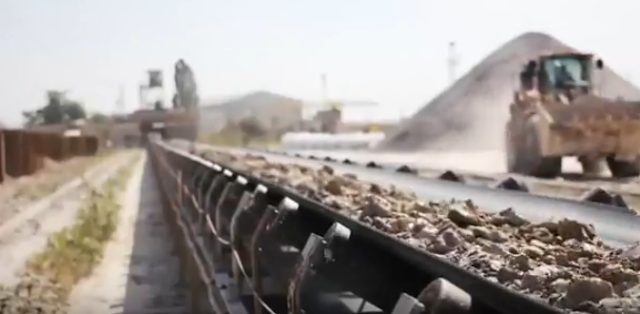Roll
20:46
Equipment and Reducing the Environmental Impact of Mining Operations
Mining equipment and processing it using a lot of crushers and other mining equipment. The mining process also has an environmental impact on its surroundings
Content
1. A Brief History of Mining and Mining Machines.
2. Reduce the environmental impact of mining.
In general, mining refers to the extraction of minerals and geological materials from the earth, the rock or the seal. Nowadays, mining retains various elements because these materials are not cultivated, converted into agriculture or artificially created. Precious metals, coal, diamonds and gold are excellent examples. Non-renewable sources such as natural gas, oil and even water are also being promoted. The use of suitable mining equipment realizes the difficult and difficult task of mining.
Prehistoric mines
The primitive civilization has used the country's resources through mining for various purposes. Most minerals and early mines were used for the production of weapons and other tools. At this time, high-quality flint, which consists of sedimentary rocks, has already been sought in parts of Europe. They were used as weapons in the Stone Age. Despite limited mining equipment, Neanderthals were able to extract and manufacture improvised tools.
Because of their wealth and power, the ancient Egyptian civilization was one of the first to succeed in mining minerals. They used malachite and gold. Green stones were mainly used for ceramics and ornaments. Later, the Egyptians began mining minerals that were not found in their land. Using iron tools as mining equipment, they searched for minerals, mainly Nubian gold. Fire suppression has been a popular method of extracting gold from minerals. The rock containing the mineral is placed against a rock surface for heating and then sprayed with water. The installation of fire was perhaps the most popular method at the time.
It is the Romans who have made great progress in the history of mining. They were the first to use large-scale extraction methods. As water volume for the operation of simple machines, for the removal of deposits, etc. This is referred to as hydraulic or hydraulic mining. It is a form of mining in which stones and other debris are moved with high pressure water shocks.
In the 1300s, the demand for metal for swords, armor and other weapons increased dramatically. Other minerals such as iron and silver were largely recovered. The demand for coins has risen so much that money shortages have emerged. During this time, iron became an indispensable element of building construction. Machines and other mining machines have become common.
From mining mines, water mills and black dust have become bulldozers, explosives, trucks, etc. Other technological innovations, such as the use of green light lasers in the mines for sawing and machine alignment, help miners in quarries.
The prehistoric tools now use the large machines to offload the land efficiently and quickly. They are also used to break and remove rocks, even mountains. Custom engineering teams are now involved in the mining of various valuable minerals and other bedding materials such as plaster and salt.
Today, there are five categories of mining: coal, metal ore, non-metallic mining, oil and gas production. Oil and gas production remains one of the largest industries in the world.
Many years ago, those familiar with the degradation process know that this practice has caused great damage to the environment in the past. One of the main causes of this situation is the fact that fossil fuels are not renewable. As a result, many mining companies have experienced controversy over pollution in local communities.
Fortunately, things have developed positively in recent years as more and more mining companies have a genuine interest in promoting green practices in their operations. This, of course, in coordination with government agencies and other interested organizations.
For example, large mining companies took the initiative to plant trees in quarries, on old mines, on undeveloped land, on the roadside and even near their offices. Some of them even set goals (eg planting 2,000 trees a year) to measure their progress while having a significant impact.
In addition, some companies around the world have discovered that the waste they recover during production can be used to build houses. Although coal mines often contaminate the water, the cleaning process produces gypsum, a material that can be used to make high quality bricks that are ideal for housing.
Another improvement in all mining operations is the effort to ensure that the extraction of diamonds and other precious stones is always ethical. In addition, recycled metals are used in jewellery making.
In addition, mining companies have partnered with energy management companies to help less-developed countries develop effective mining plans with less environmental impact. Appropriate practices will be taught and the use of modern tools and machinery will be encouraged. Of course, miners use safety equipment and equipment to avoid potential risks.
While advances in mining technology have mainly promoted large-scale operations, experts have repeatedly pointed out that small-scale mining is not as dangerous to the environment, making it a viable option for those wishing to explore the area , To achieve the desired results, conventional extraction methods (such as washing gold fragments with gravel water) can be used. Deep excavation and the use of chemicals are not required for this type of process.
Content
1. A Brief History of Mining and Mining Machines.
2. Reduce the environmental impact of mining.
1. A Brief History of Mining and Mining Machines.
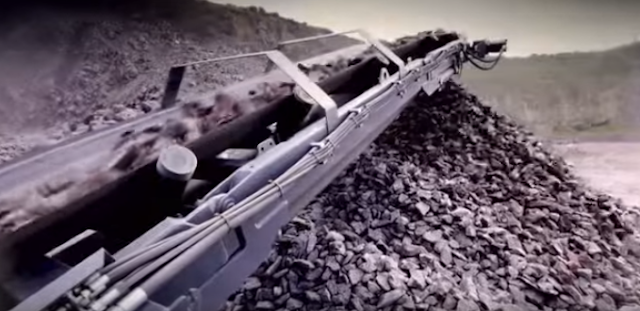 |
| The machine extracts minerals and geological materials from the earth |
Prehistoric mines
The primitive civilization has used the country's resources through mining for various purposes. Most minerals and early mines were used for the production of weapons and other tools. At this time, high-quality flint, which consists of sedimentary rocks, has already been sought in parts of Europe. They were used as weapons in the Stone Age. Despite limited mining equipment, Neanderthals were able to extract and manufacture improvised tools.
Because of their wealth and power, the ancient Egyptian civilization was one of the first to succeed in mining minerals. They used malachite and gold. Green stones were mainly used for ceramics and ornaments. Later, the Egyptians began mining minerals that were not found in their land. Using iron tools as mining equipment, they searched for minerals, mainly Nubian gold. Fire suppression has been a popular method of extracting gold from minerals. The rock containing the mineral is placed against a rock surface for heating and then sprayed with water. The installation of fire was perhaps the most popular method at the time.
It is the Romans who have made great progress in the history of mining. They were the first to use large-scale extraction methods. As water volume for the operation of simple machines, for the removal of deposits, etc. This is referred to as hydraulic or hydraulic mining. It is a form of mining in which stones and other debris are moved with high pressure water shocks.
In the 1300s, the demand for metal for swords, armor and other weapons increased dramatically. Other minerals such as iron and silver were largely recovered. The demand for coins has risen so much that money shortages have emerged. During this time, iron became an indispensable element of building construction. Machines and other mining machines have become common.
From mining mines, water mills and black dust have become bulldozers, explosives, trucks, etc. Other technological innovations, such as the use of green light lasers in the mines for sawing and machine alignment, help miners in quarries.
The prehistoric tools now use the large machines to offload the land efficiently and quickly. They are also used to break and remove rocks, even mountains. Custom engineering teams are now involved in the mining of various valuable minerals and other bedding materials such as plaster and salt.
Today, there are five categories of mining: coal, metal ore, non-metallic mining, oil and gas production. Oil and gas production remains one of the largest industries in the world.
2. Reduce the environmental impact of mining.
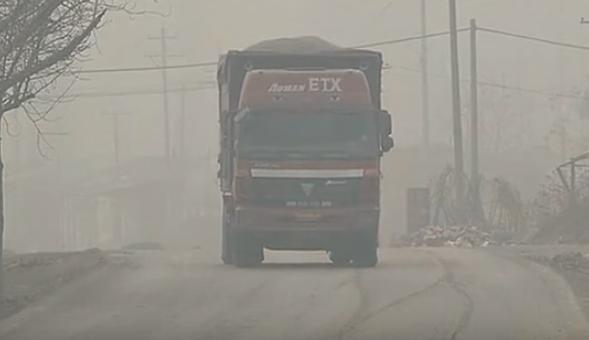 |
| Pollution from mining has always been controversial |
Fortunately, things have developed positively in recent years as more and more mining companies have a genuine interest in promoting green practices in their operations. This, of course, in coordination with government agencies and other interested organizations.
For example, large mining companies took the initiative to plant trees in quarries, on old mines, on undeveloped land, on the roadside and even near their offices. Some of them even set goals (eg planting 2,000 trees a year) to measure their progress while having a significant impact.
In addition, some companies around the world have discovered that the waste they recover during production can be used to build houses. Although coal mines often contaminate the water, the cleaning process produces gypsum, a material that can be used to make high quality bricks that are ideal for housing.
Another improvement in all mining operations is the effort to ensure that the extraction of diamonds and other precious stones is always ethical. In addition, recycled metals are used in jewellery making.
In addition, mining companies have partnered with energy management companies to help less-developed countries develop effective mining plans with less environmental impact. Appropriate practices will be taught and the use of modern tools and machinery will be encouraged. Of course, miners use safety equipment and equipment to avoid potential risks.
While advances in mining technology have mainly promoted large-scale operations, experts have repeatedly pointed out that small-scale mining is not as dangerous to the environment, making it a viable option for those wishing to explore the area , To achieve the desired results, conventional extraction methods (such as washing gold fragments with gravel water) can be used. Deep excavation and the use of chemicals are not required for this type of process.

